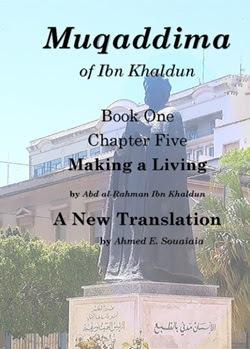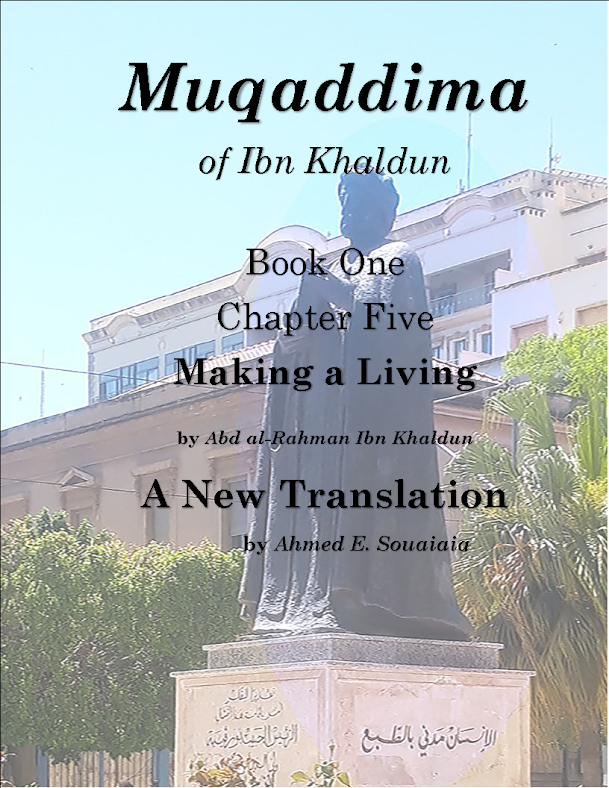BY RUSTIN ZARKAR
“Calligraffiti:1984-2013,” runs from September 5th to October 5th, 2013 at New York’s Leila Heller Gallery. As an updated version of the original show in 1984, the current exhibition features nearly fifty artists from the Middle East, North Africa, Europe, and North America. The article below also contains segments of an interview with French-Tunisian street artist eL Seed.
The interplay between word and image– of language and visual representation– has become complexly intertwined in the cultural productions of contemporary societies. The art gallery combines text and image; most installations are accompanied by a placard revealing information about the piece such as the name of the artist, the materials used, as well as the name of the work and when it was created. Here, the word becomes a conveyor of meaning, which elucidates the content of the visual material. The textual is treated just as an instrument in the service of the visual. However, in the cases of calligraphy and graffiti– two separate but undeniably related art forms– text itself is the object of beauty. The word merges with the image itself and the dichotomy between the two is nullified; no one can say when the letters end and the image begins, or vice versa.
This synthesis of linguistic signs and visual representation is explored by New York’s Leila Heller Gallery in their new exhibition entitled “Calligraffitti: 1984-2013.” The show features a substantial collection of text-based visual art created by artists such as eL Seed, Parviz Tanavoli, Hassan Massoudy, Hossein Zenderoudi, Shirin Neshat, and many more. The show’s titular portmanteau points to another unification: that between graffiti and calligraphy. With the majority of the featured artists originating from the Arab world and Iran, the allusion to the regions’ traditional calligraphic practice is prominently displayed. The influence of early Islamicate styles such as floriated Kufic and Nasta’liq’s siah mashq are clearly visible in the innovative works.

































No comments:
Write comments